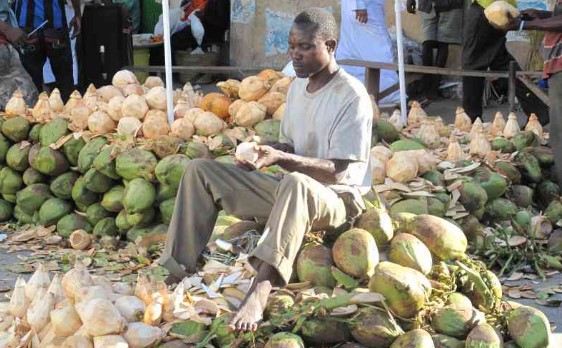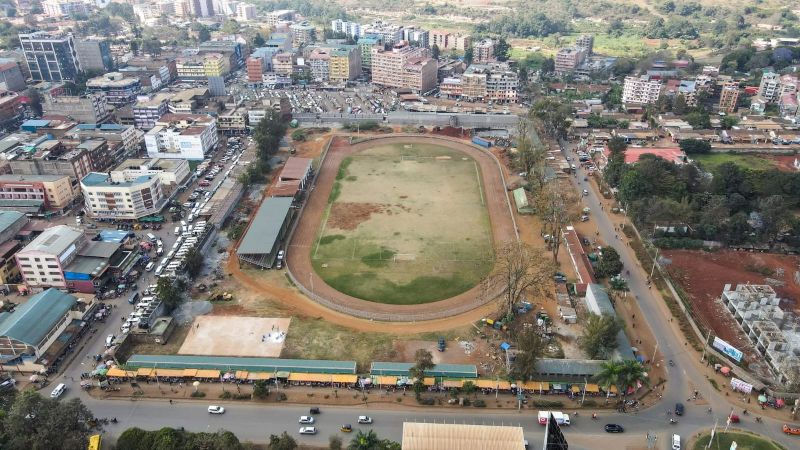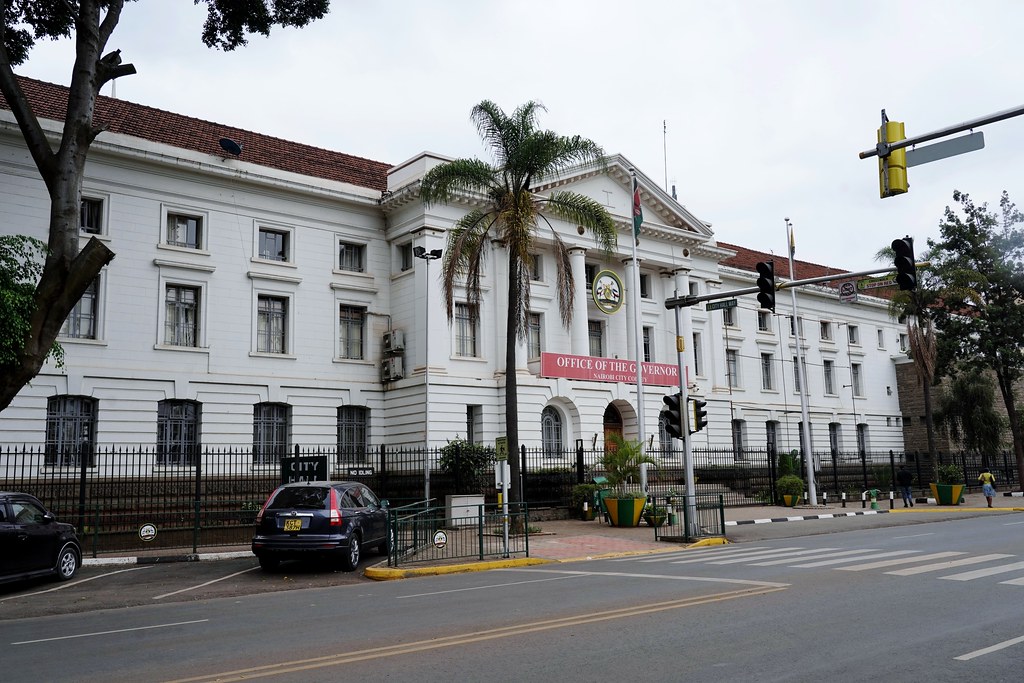How do coconuts get their water?

The fruit retains this water, stored in the cavity of the coconut. The accumulated water, with its rich nutrients, provides food to the developing endosperm (white flesh).
Story by: Gaston Adoyo
Coconut trees are iconic plants found across the world’s tropical regions. They’re called “nature’s supermarket” or the “tree of life” in several cultures because every part of the coconut tree is used. Its leaves can be used to thatch homes, its heart can be eaten, and its roots have medicinal uses.
More To Read
- How Kwale youth are transforming madafu waste into eco-friendly resources
- Declining coconut sales force Mombasa vendors to adapt to changing market
- Coconut farmers in Kwale to form associations to combat exploitation
- Kwale County launches initiative to save coconut trees from extinction
- State distributes 42,000 coconut seedlings to Coastal farmers to boost production
The refreshing liquid found within a young green coconut is a highly prized component of the coconut palm. Coconuts are unique in the world of fruits because they have a large internal cavity filled with water. Other fruits typically store water within individual cells or pulp.
I’m a food scientist who has carried out research on the properties of coconuts.
All coconut palms produce water, though some, like tall varieties, will produce more than others, like dwarf varieties. The water is sourced from the trees’ immature, green coconuts. As the coconut matures, the developing white flesh absorbs the water, resulting in less liquid in a fully ripe brown coconut.
So, how is this water reservoir created, and what factors influence it?
A coconut’s structure
To better understand how coconut water is formed, it is essential to grasp its anatomical structure. The coconut fruit is classified as a drupe, meaning it has three layers: the exocarp (the smooth, green outer layer seen in unripe coconuts), the mesocarp (a fibrous husk beneath the exocarp), and the endocarp (the hard, woody inner shell that protects the white flesh inside).
Within the endocarp, there are two components: the flesh (endosperm, a soft, jelly-like material in immature coconut that hardens as it matures) and the clear coconut water that fills the cavity. This water is a nutritive fluid nourishing the developing seed and is formed naturally during the development of the coconut fruit.
The water is a filtered sap that’s drawn up from the roots and transported through the tree’s vascular system (its water and nutrient transport system), specifically the xylem tissue.
The coconut tree’s extensive root system, ranging from 1 to 5 metres deep, absorbs groundwater – with dissolved nutrients – from the surrounding soil. The absorbed water is then transported upwards through the trunk and branches and finally to the fruit.
The fruit retains this water, stored in the cavity of the coconut. The accumulated water, with its rich nutrients, provides food to the developing endosperm (white flesh).
Therefore, coconut water is neither rainwater nor seawater stored inside but carefully filtered and nutrient-rich clear liquid formed by the tree itself.
What is coconut water made of?
About 95% of coconut water is simply water, making it an excellent hydrating fluid. The rest of the water is made up of various components, which are useful for us too.
Other Topics To Read
Minerals (like sodium, potassium, magnesium and calcium) nourish human nerves and muscles; proteins (amino acids and enzymes) can help in metabolism in both the tree and humans; sugars (fructose and glucose) are responsible for the light sweetness and there are trace amounts of vitamins (vitamin C and B vitamins).
Coconut water levels
Many factors can influence the amount and quality of water in a coconut.
The age of the coconut is a critical determining factor. Immature, green coconuts (six to eight months) are usually full of water: between 300 millilitres and 1 litre. Mature coconuts (12 months and older) have low water levels as the liquid is partially absorbed by the endosperm.
High rainfall encourages greater accumulation of water, while drought conditions reduce the amount of water that can be transported to the fruit.
Healthy soils packed with minerals lead to high-quality and nutrient-rich coconut water. Poor or salty soils, lacking in minerals that can travel up the coconut tree to the fruit, will lead to low quality water.
Finally, unhealthy or diseased trees produce smaller-sized coconuts with little water.
Protecting coconuts
Coconut trees and coconut water are important to tropical economies across south-east Asia, the Pacific, and the Caribbean Sea territories, as well as the coastlines of central America and Africa.
Conserving the trees and their environment is, therefore, essential.
Sustainable farming practices, like soil management – including soil testing and organic composting – should be implemented to maintain the proper nutrient profile, which results in high-quality coconut water.
Additionally, protecting freshwater aquifers from saltwater intrusion along coastlines where coconuts grow is crucial for preserving the quality of this refreshing fluid. Drip irrigation and mulching can help maintain soil moisture for the required coconut water production.
Pest and disease management techniques (like intercropping coconuts with bananas or legumes), as well as integrated pest management, can contribute to healthy trees that produce large coconuts with ample water.
Gaston Adoyo is a lecturer and researcher, Jomo Kenyatta University of Agriculture and Technology
Top Stories Today
















































